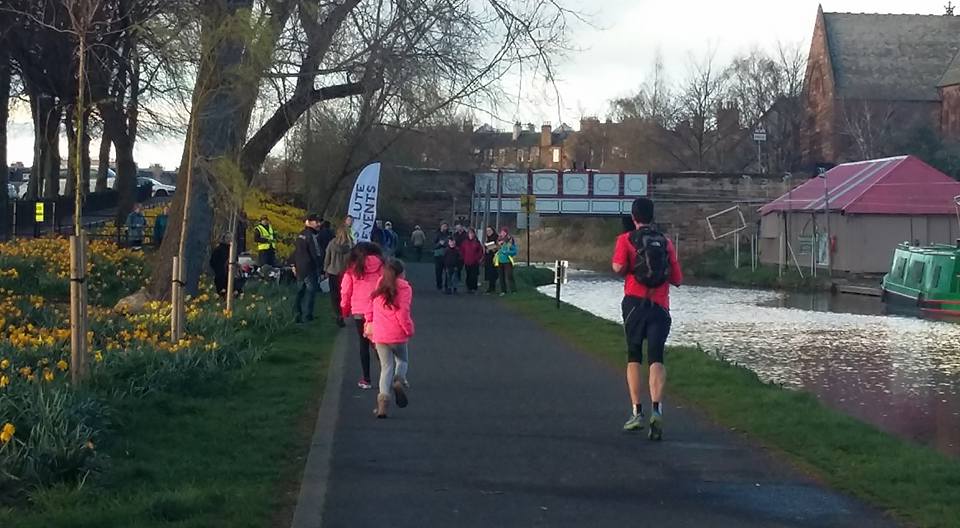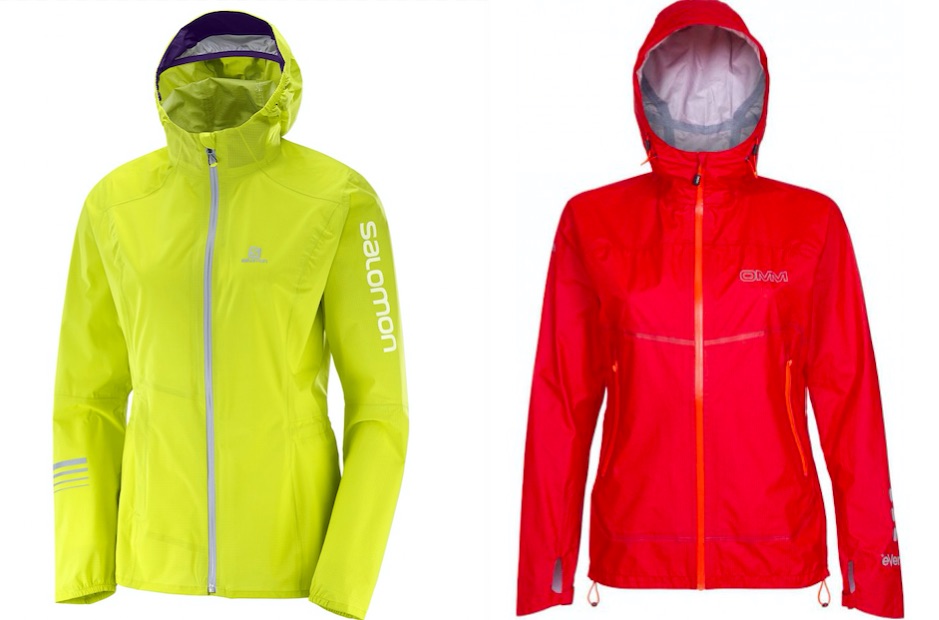Having only ever used Garmin devices in the past, both for running and on the bike, I was interested to see how I got along with the Suunto 9 Peak. I would say I’m a bit of technophobe and my requirements from a GPS device are that I want ease of use and accurate data.
I tested this watch for 1 month using it for everyday use to monitor steps and HR, uploading run routes to follow which I’ve not used before, and for wearing during running, cycling and swimming activities.
Features
- Measurements: 43 x 43 x 10.6 mm / 1.69 x 1.69 x 0.42 “
- Weight: 52g
- Battery:
- 14 days in time mode
- 7 days with tracking and mobile notifications
- Breadcrumb mapping in real time
- Wrist based media controls (when paired to a phone)
- Barometric Altimeter now standard – previously unavailable on lower end units
- Snap to Route function
- 80 sport modes
- Optical heart rate sensor with SP02 readings
- 22mm watch bands
- Quick charge in less than 60 minutes from 0–100%
- Over the air software updates
First impressions
First impressions of the Suunto were great. The watch is light at only 52g, the strap is comfortable to wear and the screen size at 43mm does not look too bulky on my wrist. It was easy to connect the charger to the watch as well as you just place it near the magnetic disc and it snaps into place. It took less than an hour to give it a full charge which, when you want to start using something straight away, was great. I downloaded the Suunto app to my phone and was ready to go.

Useability
Like most things these days the Suunto is touch screen to navigate your way through the menus. For me, the watch would be far better and offer a much more user-friendly experience if they hadn’t bothered. The touch screen system is slow to respond, and I found myself poking at the screen a few times some days until it would register that I was using it.
There are 3 buttons on the right-hand side of the watch and I can’t help but think that being able to use those alone would have been a far better option. The touch screen function then locks whilst using the watch for activities. My other small bug bear with the screen is that even though it’s advertised at a 43mm watch face there is a thick black line around the edge of the screen which reduces the display to 30mm. Having the screen reach the outer edges of the watch, or just having the black surround narrower, would have made it far clearer to use and would allow some of the text to be in a larger font.
The watch strap, although comfortable to wear has been changed (I presume to make to make it more aesthetically pleasing) to a little plug that neatly sits into the holes along the strap. It looks great; however it often pops out when catching on clothing or when I moved in the night which then left the strap flapping around. Great idea, but not very user friendly.
The watch comes pre loaded with 80 sport modes and by connecting your watch to the app you can add new customised ones to the list. The app is easy to use and the customisation of the data screens that you want during activity is also very user friendly. I had my data fields set up in no time with the options that I want to see whilst running which are distance, duration of activity, time of day, heart rate and pace. I found the screen easy to read whilst using during an activity and the start, pause, stop functions, which are the basics, do what they should.

Activity tracking
I’d not previously been able to upload activities to my watch so this was a function I was keen to start using. I use OS maps or Komoot to plan trail routes and was surprised how easy this was to then export to the device. I uploaded a route for an upcoming event and set off to follow the ‘breadcrumb’ route on the watch.
During activity the watch shows a black screen with the blue navigation line in the centre and as there are no other features on the screen, I did still manage to take the wrong path at points when there was a split in the trail or 3 paths heading off in different directions and one of them wasn’t an obvious footpath. I think for a quick glance and to know you’re heading in the right direction, it’s fine.
One thing I didn’t like was that once you go off course the screen changes to a “off route” message that takes up the whole screen, and you just have to go back the way you came until it picks up the route again, I’d have preferred that it still showed the route on the screen once the off route message had gone so you could potentially re-join your route further along or take the next turning. I did manage to get around my route with only a few extra steps off course that day though and it definitely saved me having to keep looking at my OS app.
Suunto market this watch as using ‘snap to route’, this is where you can upload your own route and the watch will rely on your uploaded route to navigate rather than taking the GPS signal. The website pushes this towards people that are running in city centres where the GPS signal can sometimes be thrown off or weak but in my couple of weeks testing the watch, and the fact that I mainly run trails or in the countryside this was not a function I needed.

I also used the Suunto for tracking swimming at the pool and for on the bike and the data from this and my Garmin device were very similar.
Other main functions of the watch that I use were the HR and step counter. I found the HR to be pretty accurate in everyday wear and it did seem to log similar readings to my HR strap whilst running and cycling.
My watch did tell me that I was stressed a lot which it bases around HR and sleep data and as I was not wearing it to sleep this could have been why this was reading as it was. As with most watches these days there is also the added benefit of an SP02 sensor (pulse oximeter), personally this is not a function that I find useful and seems to be marketed towards using the watch at altitude. I also can’t see how if you are at a certain altitude you would be able to stand still enough for the 3 mins it takes to read your pulse, or the fact you would more than likely be wearing so many clothes that you would be unable to get to your wrist to activate the reading anyway. Anyway, it’s on there for the stat fans.
I do like to use the step counter to keep a track of my ‘non training’ activity. I believe the Suunto over eggs your step counter and I could see the steps going up whilst I was washing up and even typing up this article so I think it may be a little over sensitive. It’s useful as a movement guide though if nothing else.
I also did use the sleep tracker for the first week or so but then ended up taking the watch off overnight. For me, the sleep data is not something I am interested in keeping a track of and I found myself looking at the data in the morning then wondering why I’d had a ‘bad’ sleep when I actually felt pretty well rested.
I did find the Suunto app much clearer and user friendly than Garmin connect. There is much more data available (if a little too much) and the layout is easy to navigate. A downside for the Suunto app is that it does not have menstrual cycle tracking which is really handy as a female athlete and also you cannot currently link the Suunto app with MyFitnessPal which is another of the apps I use regularly.

Battery life
One thing the Suunto does have is an amazing battery life. I had the watch for 5 weeks and only charged it to full 4 times and that was wearing it every day and tracking an activity 6/7 days. When it did need charging it takes less than an hour to get to full charge. Brilliant. It will also give you a little notification reminding you to charge it if you are going to be logging an activity that day.
Conclusion
Great looking watch that fits well, is nice and lightweight so you don’t realise you have it on. The app is data heavy for those that like stats and the route planning feature and syncing with the device is easy to use. It has a great battery life and charges to full within the hour which also means if you need to charge pre run it only needs 5 minutes then it will last you around your next activity.
However, navigating the menus is slow with the touchscreen being mostly unresponsive on the first touch. I also found the display quite dark, even on the highest setting. I struggled to follow the directions once I had uploaded my route as the small screen means the blue line on a black background can be difficult to see.
For me I’d like a bit more personalisation to both the watch and the app and the option to remove some of the data fields, although I know some people want as may numbers as possible, as run PTE, TSS and EPOC values only confuse me even more and I feel some things have been added to try and justify the price tag (£609).
After writing up my review of this watch I then read some other reviews online as I felt like I was missing something. It is an expensive device but just did not seem to live up to what my expectations of it were. A lot of other reviews I read seemed to also mention the lag in the touchscreen so I wonder if Suunto may look at this on future devices. The aesthetics of the watch are great though, and you’d struggle to find another GPS device that looks as neat, it’s just a shame the software lets it down.
Have you tried the Suunto 9 Peak? Don’t agree with this review? What’s your opinion? Add your own comment to this review and share your experience and passion for running with others.
Not a member yet? Sign up here to be part of the RunUltra community and share tips and stories with thousands of fellow runners around the world.
We are a professional review site and our reviewers receive free products for testing from the companies whose products we review. We test each product thoroughly and give high marks to only the very best. We are independently owned and the opinions expressed here are by the reviewer’s name shown.
About the writer: Mel Sykes is Yorkshire born and bred. She’s an ultra runner, triathlete and fell walker who has a thing for cereal. When she’s not wandering across the moors, she can be found bagging Wainwrights and exploring the UK’s long distance footpaths. Her favourite meals all involve gravy.


